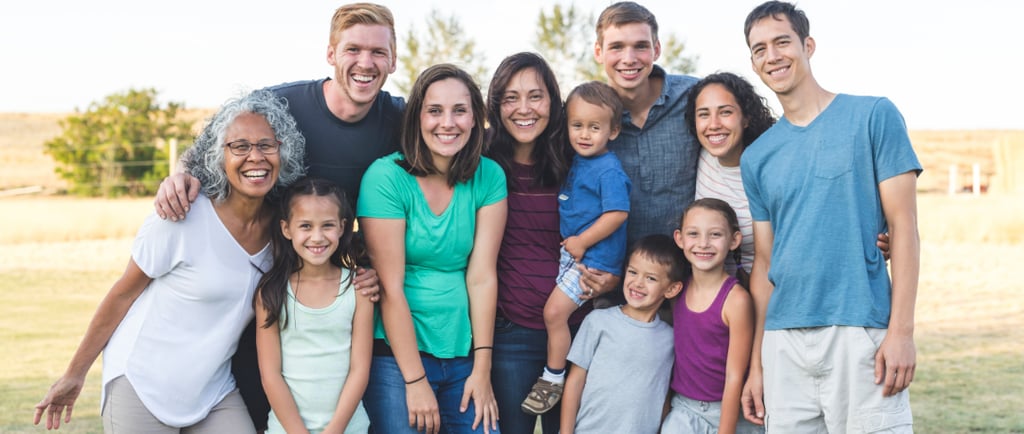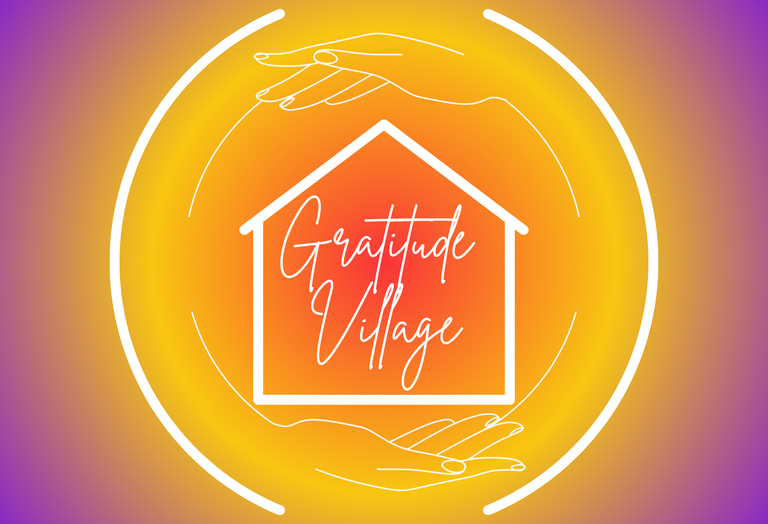Join our next Information Session via Zoom November 18 from 5-6pm MST
Who Lives in a Cohousing Community? A Diverse Tapestry of Individuals
Cohousing communities are unique living arrangements that combine private homes with shared spaces and a commitment to social interaction and cooperation. They attract people from various walks of life who share a common goal: to live in a more connected, sustainable, and supportive environment. But who exactly chooses to live in a cohousing community? The answer is as diverse as the communities themselves. Cohousing appeals to people of all ages, backgrounds, and lifestyles, each bringing their own perspective and enriching the community fabric.
Gratitude Village
10/2/20243 min read


Who Lives in a Cohousing Community? A Diverse Tapestry of Individuals
Cohousing communities are unique living arrangements that combine private homes with shared spaces and a commitment to social interaction and cooperation. They attract people from various walks of life who share a common goal: to live in a more connected, sustainable, and supportive environment. But who exactly chooses to live in a cohousing community? The answer is as diverse as the communities themselves. Cohousing appeals to people of all ages, backgrounds, and lifestyles, each bringing their own perspective and enriching the community fabric.
Families and Young Couples
Families and young couples often seek cohousing for the strong sense of community and the supportive environment it offers for raising children. In a cohousing community, children have the opportunity to grow up surrounded by a broader "village" of adults and peers. This environment fosters a sense of security and provides children with diverse role models. Parents, in turn, benefit from the built-in support network of neighbors who can help with childcare, carpooling, and shared parenting responsibilities. Many cohousing communities have communal spaces such as playgrounds, gardens, and common houses where families can gather, play, and participate in group activities, creating a close-knit and safe environment for children to thrive.
For young couples, cohousing offers a way to build a life with a strong sense of community from the outset. With opportunities to participate in community meals, social events, and shared projects, they can establish meaningful connections with their neighbors. Cohousing also tends to be more affordable than traditional housing options, as shared resources and communal spaces can reduce living costs.
Singles and Young Professionals
Singles and young professionals are often drawn to cohousing for the social engagement and community support that can be lacking in traditional urban living. In a cohousing community, single individuals find a built-in social network that can help combat feelings of isolation. Community dinners, social events, and shared activities provide regular opportunities for interaction and building friendships. Young professionals can benefit from the balance between private living space and communal interaction, allowing them to enjoy solitude when needed and engage with others in shared spaces.
Moreover, cohousing communities often embody values like sustainability, shared economy, and a collaborative lifestyle, aligning with the priorities of many younger individuals. They may find the community's focus on sustainable living practices, such as shared gardens, carpooling, and eco-friendly infrastructure, appealing and in line with their desire to live more consciously and reduce their environmental footprint.
Empty Nesters and Retirees
Empty nesters and retirees frequently choose cohousing as a way to downsize while maintaining an active, engaged lifestyle. After their children have moved out, many empty nesters seek a sense of community and the opportunity to be part of a supportive network. Cohousing allows them to live independently while still having close neighbors who can provide social interaction and support. Shared activities, such as gardening, cooking, and group outings, offer retirees ways to stay active and involved.
For retirees, cohousing can also provide a practical solution for aging in place. Many cohousing communities are designed with accessibility in mind, featuring single-level homes and common areas that are easy to navigate. The presence of a caring community can offer peace of mind, knowing that neighbors are nearby to offer help if needed. Some cohousing communities even have formalized systems of mutual support for elder care, making it possible for residents to age within the community without having to move to a traditional retirement facility.
People Seeking an Intentional Community
Cohousing communities attract individuals who are seeking more than just a place to live—they want to be part of an intentional community that aligns with their values. These individuals may be motivated by a desire for sustainability, social connection, or a cooperative lifestyle. They may include artists, environmentalists, educators, and others who are passionate about community building and shared living.
These residents are often drawn to the cooperative aspects of cohousing, such as shared decision-making, consensus-building, and collective ownership of common spaces. They value the opportunity to contribute to the community, whether through participating in gardening, cooking communal meals, or engaging in community governance. For them, cohousing is not just a living arrangement but a way to actively create a supportive, inclusive, and sustainable environment.
A Diverse Community
While cohousing communities attract individuals with shared values around community and cooperation, they are also places of great diversity. Residents come from various backgrounds, professions, and life stages, bringing different perspectives and experiences to the community. This diversity enriches the community, fostering a culture of learning, respect, and inclusivity. Cohousing is not a one-size-fits-all model; each community has its own unique culture and structure, shaped by the people who live there.
In short, cohousing communities such as Gratitude Village are home to a diverse group of people—families, singles, retirees, and those seeking a more intentional and connected way of living. What unites them is the desire to live in a supportive, engaged, and sustainable community. This diversity not only makes cohousing vibrant and dynamic but also reflects the broader societal shift toward living in ways that prioritize community, sustainability, and mutual support.
COMMUNITY
Join us in embracing nature, diversity and connection.
Sustainability
DIVERSITY
info@gratitudevillageco.com
720-689-4821
© 2025. All rights reserved.
AFFORDABILITY
Gratitude Village Inc. is a 501(c)3 charitable corporation that values diversity, equity, and inclusion as essential to our mission
Subscribe to our Substack
Refund Policy




Gratitude Village is a Proud Member of these organizations
